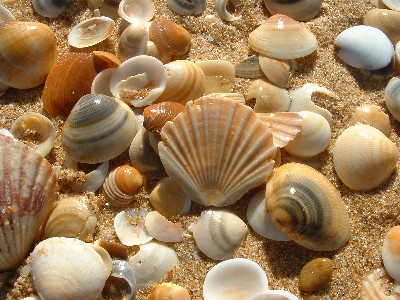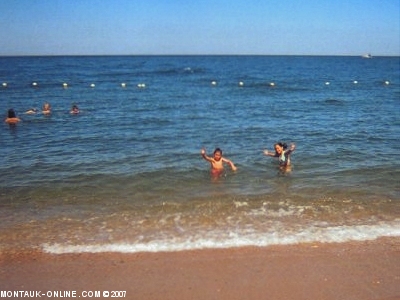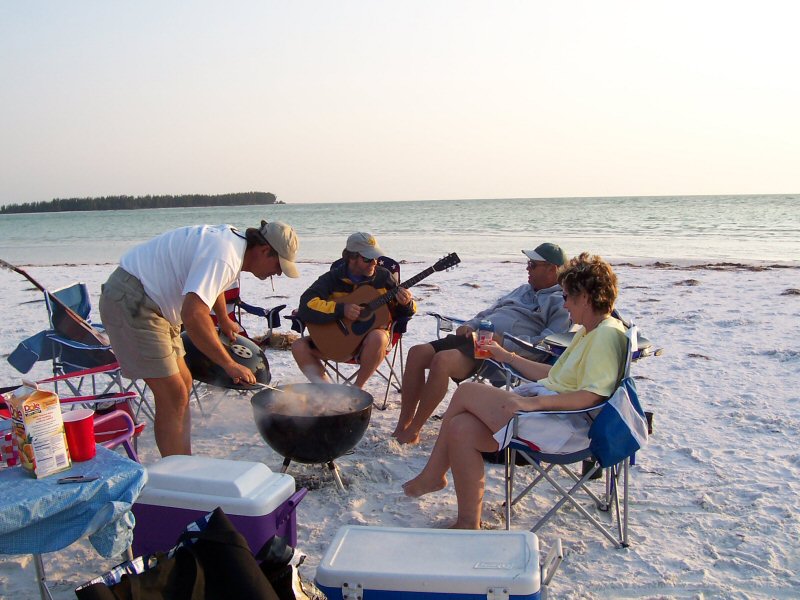 |
| |
|
| |
| A beach is made of very small loose rock (sand) that gathers at the shore of a body of water. Beaches are created by waves or currents. The sand comes from erosion of rocks both far away from and near the water. Coral reefs are a major source of sand. |
| |
| Sand is a naturally occurring granular material composed of finely divided rock and mineral particles. |
| As the term is used by geologists, sand particles range in diameter from 0.0625mm (or 1/16 mm, or 62.5 micrometers) to 2 millimeters. An individual particle in this range size is termed a sand grain. The next larger size class above sand is gravel, with particles ranging from 2 mm up to 64 mm (see particle size for standards in use). The next smaller size class in geology is silt: particles smaller than 0.0625 mm down to 0.004 mm in diameter. The size specification between sand and gravel has remained constant for more than a century, but particle diameters as small as 0.02 mm were considered sand under the Albert Atterberg standard in use during the early 20th century. A 1953 engineering standard published by the American Association of State Highway and Transportation Officials set the minimum sand size at 0.074 mm. A 1938 specification of the United States Department of Agriculture was 0.05 mm.[1] Sand feels gritty when rubbed between the fingers (silt, by comparison, feels like flour). |
| |
| A beach's shape depends on how the waves move. Some waves move material up the beach, while others move it down the beach. On sandy beaches, the waves move sand away from the beach, making gentle slopes. |
| When the waves are not strong enough to move the sand away, the beach is steeper. |
| Crabs, insects, and birds feed on material left by the waves. Some small animals dig into the sand to get their food. Birds use beaches to nest, and sea turtles lay their eggs on ocean beaches. Sea grasses and other beach plants grow on areas of the beach and dunes where there is not much activity. |
| |
| A beach is a geological landform along the shoreline of an ocean, sea or lake. It usually consists of loose particles which are often composed of rock, such as sand, gravel, shingle, pebbles, or cobblestones. The particles of which the beach is composed can sometimes instead have biological origins, such as shell fragments or coralline algae fragments. |
| |
| Wild beaches are beaches which do not have lifeguards or trappings of modernity nearby, such as resorts and hotels. They are sometimes called undeclared, undeveloped, undefined, or undiscovered beaches. Wild beaches can be valued for their untouched beauty and preserved nature. They are found in less developed areas such as Puerto Rico, Thailand or Indonesia. |
|
| |
| https://en.wikipedia.org |
| |
|




